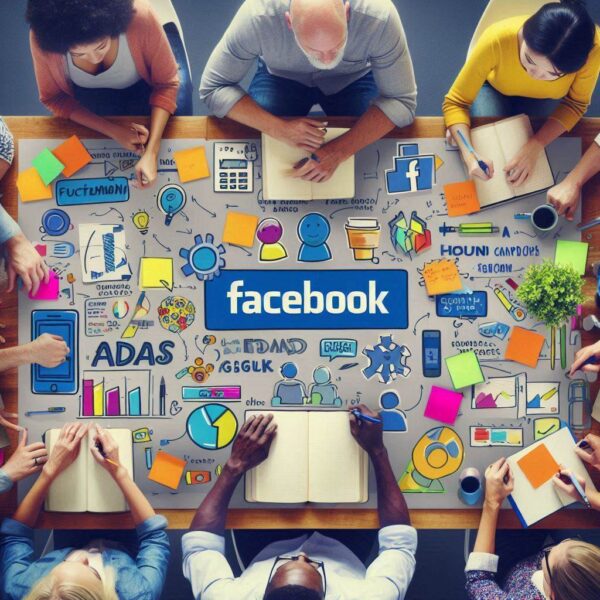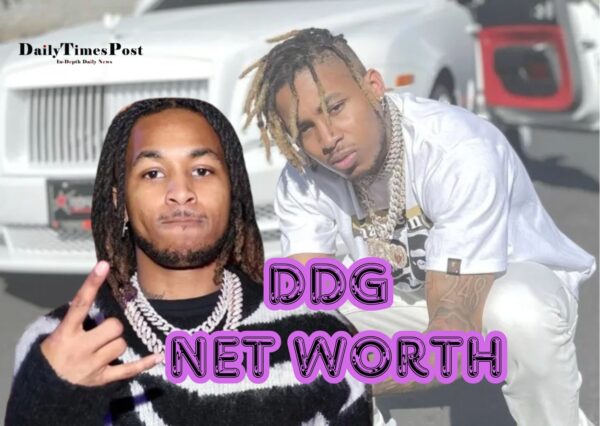In today’s digital landscape, Facebook Ads are integral to many marketing strategies, offering businesses unparalleled opportunities to reach their target audiences. However, navigating the intricacies of Facebook Ads, particularly understanding costs and optimizing spending, can be challenging. This article breaks down Facebook Ads costs and provides strategies to help you spend less while maximizing your ad performance.
What is Facebook Ads Cost and How to Spend Less?
If you’re planning to launch an ad campaign on Facebook, you might wonder about the costs involved and how to minimize them. Facebook Ads are a powerful tool to reach your target audience, but they come with a price tag. It’s crucial to understand how Facebook ad costs work and the factors that influence them to make informed decisions and avoid wasting money.
How Does Facebook Ad Pricing Work?
Facebook employs an ad auction system, where advertisers bid to reach specific audiences. The ad cost is determined by this auction, ensuring your ad is shown to the most relevant users at the best possible price. When you bid, it indicates how much you’re willing to pay to reach your target audience. Facebook also assesses your ad’s relevance and estimated action rates, which predict the likelihood of user engagement.

How Much Does Facebook Advertising Cost?
Facebook ad costs vary depending on several factors, and there’s no one-size-fits-all answer. However, average costs can provide a general idea.
- Average Cost per Click (CPC): $0.69
- Average Cost per Mille (CPM): $9.88
Average Cost per Click (CPC)
CPC is the amount you pay each time someone clicks on your ad. This metric is ideal for driving traffic to your website or landing page and is widely regarded as the most measurable for direct action. The average CPC for Facebook Ads is approximately $0.69.
Average Cost Per Mille (CPM)
CPM, or cost per thousand impressions, focuses on the number of times your ad is shown, rather than clicks. It’s an effective way to increase brand awareness by getting your product or service seen by a broader audience. The average CPM for Facebook Ads is around $9.88.
Average Cost Per Lead (CPL)
CPL refers to the cost of acquiring a new lead, such as when someone signs up for a newsletter or downloads an offer. While it can be challenging to calculate CPL on Facebook Ads, various tools and integrations can help estimate it.
8 Factors Affecting Facebook Ads Cost

Several factors can influence the cost of your Facebook ad campaigns. Understanding these factors is crucial for planning your strategy and optimizing your ad spend effectively.
Audience Targeting
The specificity of your target audience significantly affects your ad costs. More narrowly defined audiences typically have higher engagement rates and lower costs because the ads are shown to users more likely to be interested in your offers.
Ad Quality and Relevance
Facebook assigns a relevance score to your ads, which indicates how well your ads resonate with your target audience. Higher relevance scores make your ads more likely to be shown and can reduce your costs. Facebook’s ad relevance diagnostics tool can help you gauge this.
Ad Placement
Different placements (Facebook, Instagram, Messenger, Audience Network) have varying costs based on user engagement. Testing different placements can help you find the most cost-effective options for your ads.
Seasonality and Trends
Ad costs can fluctuate with seasonal trends and consumer behavior. Peak seasons may see higher costs due to increased competition, while off-peak seasons might offer lower costs. Being aware of these trends can help you optimize your ad spend.
Bidding Strategy
Facebook offers three bidding strategies: spend-based, goal-based, and manual bidding. While manual bidding can sometimes result in higher costs, automatic bidding (goal-based and spend-based) often yields more cost-effective results. Finding the right strategy for your needs is essential.
Ad Objective
Your chosen campaign objective directly impacts your ad cost. Different objectives (e.g., purchases versus impressions) have different costs. Aligning your objective with your goals ensures cost-effective ads.
Competition
Industries with high competition (e.g., finance, B2B, insurance) tend to have higher ad costs. Understanding the competitive landscape of your industry can help you anticipate and manage these costs.
Location
The geographic location of your target audience can also influence ad costs. Ads targeting regions with higher demand generally incur higher costs. Choosing specific locations strategically can help manage expenses.
7 Tips to Reduce Your Facebook Ad Cost

Are you spending too much on ads that aren’t performing well? Here are effective strategies to reduce your Facebook ad costs and achieve better results.
Choose the Right Campaign Objective
Selecting the right campaign objective is crucial for cost-effective Facebook ads. It aligns with your marketing goals and optimizes ad delivery to users most likely to take action, reducing costs per conversion. Clear metrics help track performance, while the wrong objective can lead to wasted spending.
Optimize Audience Targeting
Targeting a broad audience can increase competition and costs. Instead, focus on a well-defined audience likely to be interested in your products. This approach improves engagement rates and lowers costs.
Use Retargeting Campaigns
Retargeting campaigns reach users who have previously interacted with your products or services. These users are more likely to take action, such as making a purchase, resulting in more effective ads and reduced costs.
Lower Ad Frequency Score
Ad fatigue occurs when users repeatedly see the same ads, leading to decreased engagement. Lowering your ad frequency score by refreshing ad creatives can prevent user boredom and improve conversion rates.
Make Your Campaigns Relevant
Irrelevant ads reduce click-through rates and increase wasted expenses. Creating ads that resonate with your audience improves conversion rates and ensures more efficient spending.
Improve the Post-Click Experience
A poor post-click experience (e.g., slow-loading pages) can reduce customer satisfaction and conversion rates. Ensuring a seamless experience from click to conversion maximizes your ad’s effectiveness.
A/B Test with Different Ad Creatives and Placements
A/B testing different ad creatives and placements helps identify what works best for your audience. Using this data to refine your ads can lead to more effective campaigns and better allocation of your budget.

